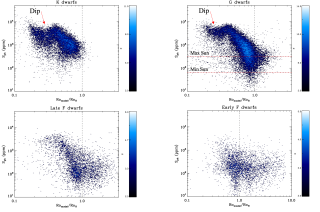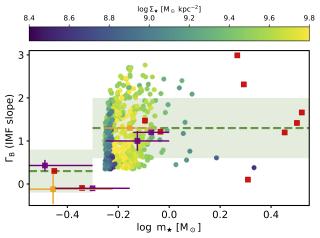Proving the magnetic configuration of solar spicules has hitherto been difficult due to the lack of spatial resolution and image stability during off-limb ground-based observations. We report spectropolarimetric observations of spicules taken in the He I 1083 nm spectral region with the Tenerife Infrared Polarimeter II at the German Vacuum Tower Telescope at the Teide Observatory (Tenerife; Canary Islands; Spain). The data provide the variation with geometrical height of the Stokes I, Q, U, and V profiles whose encoded information allows the determination of the magnetic field vector by means of the HAZEL inversion code. The inferred results show that the average magnetic field strength at the base of solar spicules is about 80 gauss and then it decreases rapidly with height to about 30 gauss at a height of 3000 km above the visible solar surface. Moreover, the magnetic field vector is close to vertical at the base of the chromosphere and has mid inclinations (about 50 degree) above 2 Mm height.
Variación del vector campo magnético en espículas solares (de izq. a der. intensidad, inclinación y azimut del campo) con la altura sobre el limbo solar, inferido mediante el código HAZEL
Advertised on
References



